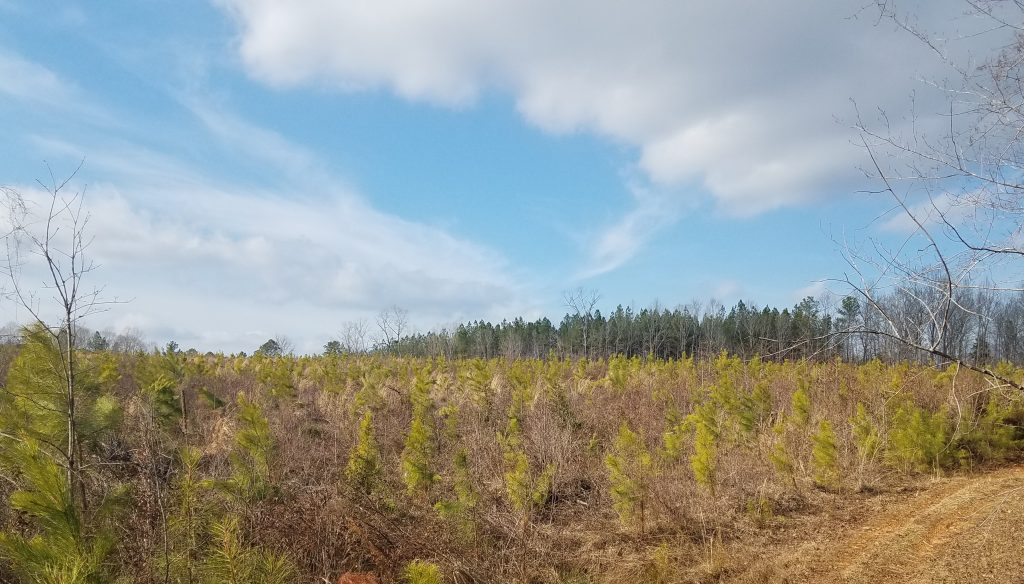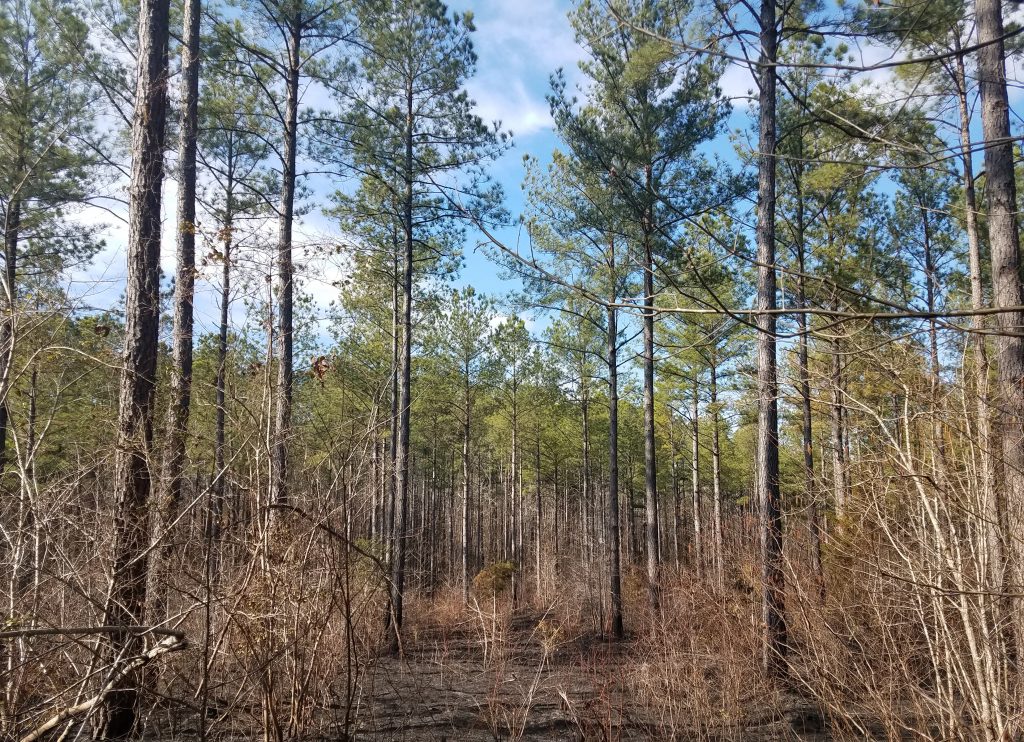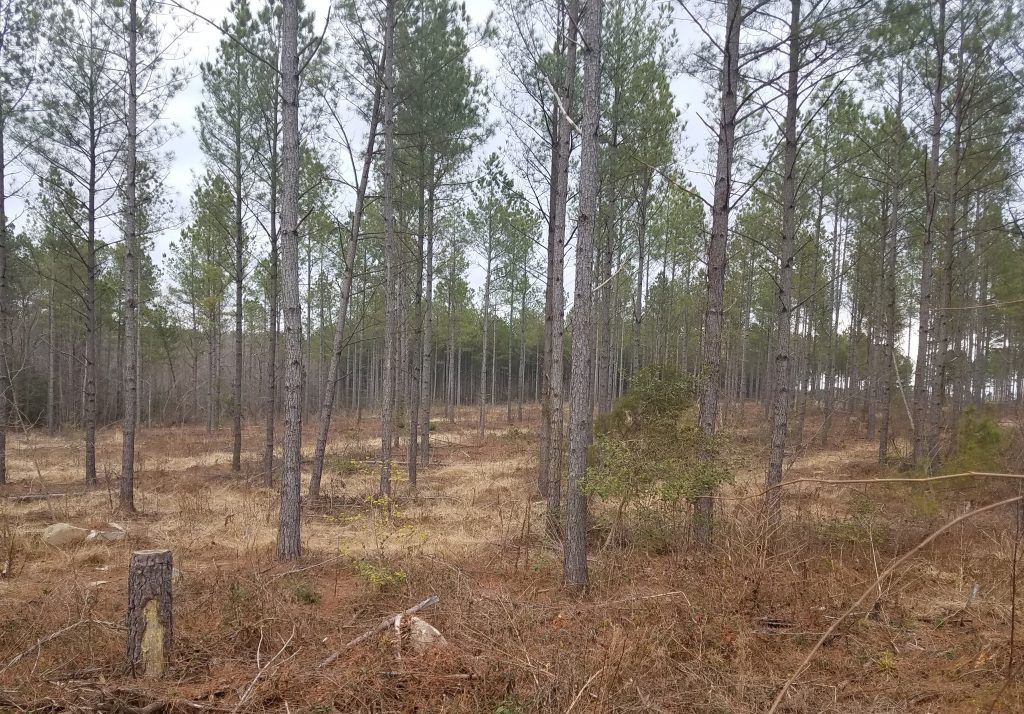People who know me know why we burn and what we are doing, but maybe some people who saw the post about our Brodnax burn don’t know me, so let me explain.
Fire is an important factor in southern pine ecology. Too often, we have excluded fire with negative effects. We are burning on our lands in Virginia to restore the balance. It will encourage the growth of understory plants, including habitat for pollinators and wildlife like quail and deer.
We have also thinned our forest, so that the trees are spaced widely enough to allow sunlight to hit the forest floor to allow that growth mentioned above.
You have seen pine forests that are so thick that almost nothing grows on the ground under the trees. This is an efficient way to grow pulp and timber, but produces a mono-culture that does not share the environment.This is not what we prefer.
Trees are more than just wood and a forest is more than just trees. A more complex and complete ecology is a thing of sublime beauty, that has value beyond its “use” to us.
On our Freeman unit, we have thinned about 80 acres of 22-year-old loblolly to 50 basal area (trees are far apart). We are establishing pollinator habitat and restoring longleaf pine. Longleaf pine ecology is the most diverse in non-tropical North America. Of course that ecology includes more than just the trees, as discussed above. We also planted some bald cypress in the damp rills.
Our Diamond Grove unit is 178 acres, of which 110 acres are in loblolly pine planted in 2003. The balance is stream management zones, mostly hardwood – a lot of beech,maples & tulip trees. We will thin the pines in 2020. I think will go with 80 basal area, not so thin, but still with some light hitting the ground. I will clear 5 acres near Genito Creek and plant that with bald cypress.
This fire is on our Brodnax property. We are patch burning 45 acres: 15 +/- acres each year in rotation. This provides diverse wildlife habitat.
First picture shows the Brodnax burned section. The loblolly there are about 30 years old. Next is thinned Freeman. Those trees are 22 years old. We will burn in December or early next year. We are planting openings with longleaf. Picture #3 shows newly planted lobolly. There were planted in 2016. They are genetically better trees and have grown very fast. Last two are videos from Freeman. It is not so much what they show but the sounds of the peepers in the first and the running water in the second.



